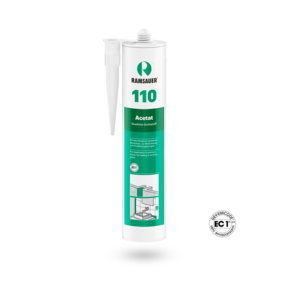
Time and again, there are complaints about cracking and tearing of base joints. In most cases, the main causes of this are excessive elongation stress of the elastic sealant – the movement absorption for most sealants is between 20 and 25% – or a shrinkage process in the screed.
Almost every screed has a certain shrinkage behaviour. In most cases, sealing is done before the screed has dried fully. Over the course of time, the previously still relatively moist construction dries out as far as possible – this then causes the formerly raised edges to sink, which alone would be enough to put a joint under great tension.
The dimensions of the joints are also often too narrow, making it difficult or even impossible to position required backfilling material. For this reason, the joint can only be sprayed out as a triangle chamfer – this means a great risk of cracking because the movement in the joint area takes place almost exclusively in the triangular tip of the joint.
Recommendation
A wider joint injected as a rectangle with backfilling material means the movement in the joint area can be absorbed unhindered and almost evenly distributed.
It should be mentioned that the unavoidable deformations of the floating constructions usually exceed the elasticity of the joint fillers – the elastic joint sealants require maintenance.



